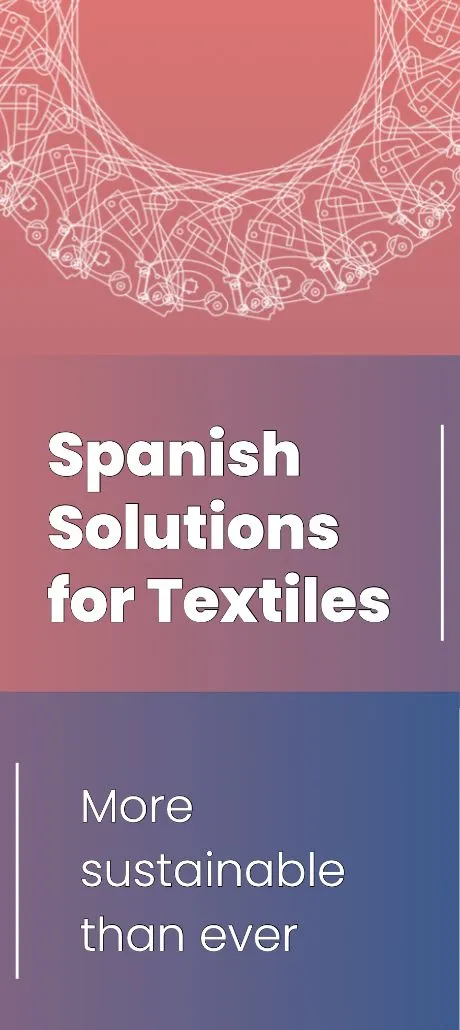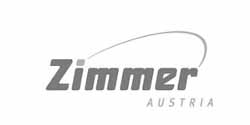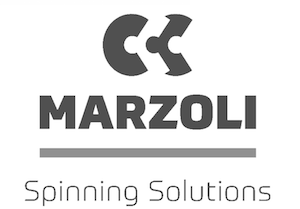On February 20, 2025, industry leaders and trade unions gathered in Rome for the Italian National Seminar to adopt the Rome Declaration. Confindustria Moda and national trade unions Femca-Cisl, Filctem-Cgil, and Uiltec-Uil put forth a comprehensive strategy for the textile and clothing industry, emphasizing innovation, sustainability, circularity, training, and credit. The goal is to present a unified sectoral industrial policy proposal to the Italian Government and the European Commission, ensuring the support, consolidation, and future development of the textile and clothing supply chain.
Commitment to Innovation, Sustainability, and a Just Transition
Italy remains the European leader in textile and clothing manufacturing, supplying global markets with high-quality products that blend craftsmanship with cutting-edge functionality. The sector boasts approximately 40,000 companies—expanding to 60,000 when including other fashion sectors—employing around 400,000 people and generating an annual turnover of €64 billion, largely through exports. However, sustaining this leadership position requires continuous investment in product and process innovation, particularly amid geopolitical uncertainties, digital transformation, and increasing competition from low-cost markets.
The textile industry is also on the brink of a major transformation, driven by environmental concerns. As the second-largest industrial contributor to CO2 emissions, the industry must address its environmental footprint, including water consumption and chemical usage. The EU’s Green Deal sets ambitious targets for sustainable textiles, requiring products sold in the EU market by 2030 to be durable, reusable, repairable, and recyclable. This shift from a linear to a circular business model will necessitate comprehensive changes across the sector while ensuring competitiveness in the global market.
Key Commitments of the Rome Declaration
At the seminar, social partners committed to several key objectives:
- A Green and Digital Transition: A commitment to ensuring that industry transformation is both sustainable and socially just, fostering growth and creating decent jobs.
- A Coordinated Industrial Policy: The rapid development of a joint proposal outlining priority measures for industrial policy, focusing on innovation, sustainability, circularity, training, and access to credit.
- Workforce Development: Collaboration with institutions and educational organizations to attract, train, and upskill young professionals, as well as reskilling current workers through EU-supported initiatives like the TCLF Pact for Skills.
- Promotion of Fair Labor Practices: Strengthening legal and ethical standards across the supply chain, ensuring compliance with European regulations on responsible trade and due diligence.
- Government and EU Support: A joint appeal for financial and managerial backing from the Italian Government and the European Union to facilitate the upcoming industry transformation, including technological advancements and skills development.
The EU-funded “Stitch Together” project played a crucial role in the discussions, fostering long-term cooperation between industry stakeholders to enhance industrial development and social progress. By reinforcing employer and worker representation and promoting collective bargaining, the initiative strengthens the resilience of Italy’s textile and clothing sector.
The Rome Declaration marks a significant step toward a more sustainable and competitive future for Italian textiles, balancing economic growth with environmental and social responsibility. With a unified strategy, the sector is poised to navigate upcoming challenges while maintaining its global leadership in fashion and textile innovation.






























